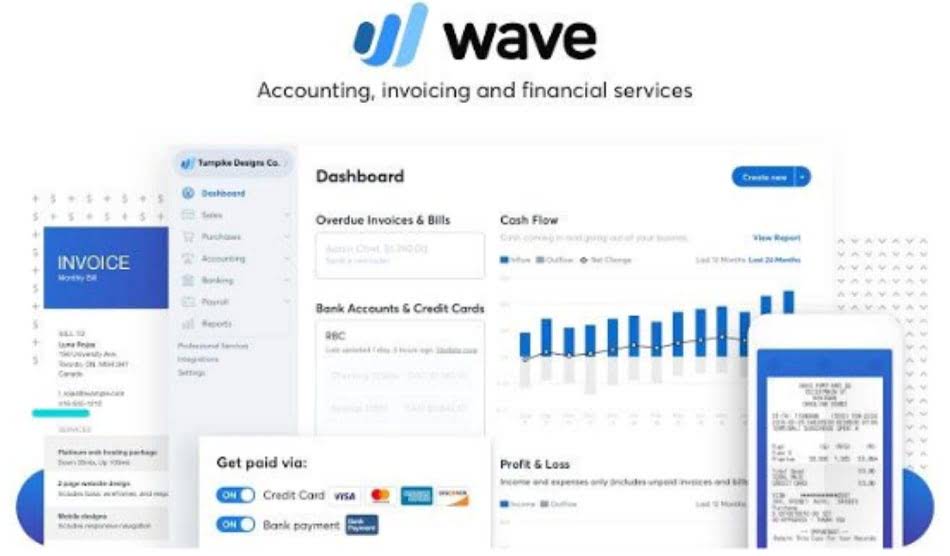Cost Accounting Formulas: Comprehensive List & Examples

For example, a factory may have a monthly rent of $10,000 regardless of whether it produces 1,000 units or 5,000 units of product. However, if production exceeds a certain level (say, 5,000 units), the company may need to lease an additional facility or hire more staff, thus increasing the fixed costs. Higher sales volumes might trigger economies of scale, reducing your variable costs per unit. Conversely, rapid volume increases could strain your production capacity, potentially increasing costs. Cost per unit is the total cost incurred by a business to produce a single unit of a product.
Limited in strategic decision-making
- So, if you were evaluating the viability of a new production facility, then the rent of a building specially leased for the new facility is relevant.
- It is important to note that these costs are short-term and can be adjusted rather instantaneously to maintain a variable cost per unit graph within feasible limits.
- Khaleel industries operating in the business of manufacturing steel pipes are worried about its rising cost and want to make a budget starting this year.
- Backorder costs are incurred when a customer is willing to wait for their order to be fulfilled after the item is restocked.
- For example, using inventory management systems can help reveal where there is stock bottlenecking or underutilization.
Regularly evaluating supplier performance and exploring alternative sourcing options can further optimize costs. EOQ is the ideal quantity to be ordered by a company to minimize holding costs, shortage costs, and order costs. The new warehouse will be big enough until they reach 55,000 bikes, so the total rent will remain at $150,000 until that time.
Pricing and profitability decisions
The relevant range refers to the span of activity within which a company’s cost behavior assumptions remain valid. In other words, it is the level of production or sales where fixed and variable cost assumptions hold true. Beyond this range, https://ednaexperts.com/ach-return-codes-r01-r33-nacha-ach-return-codes/ costs may behave differently, and the assumptions underlying CVP analysis may no longer apply.
How to Reduce the Cost per Unit
- The company sources packaging materials for its products from a supplier.
- A special order requires you to make decisions using relevant information.
- Combining these indirect costs provides the complete overhead figure for the production run.
- Every cost outside of the ticket booth employee is already accounted for so the employee is the only relevant cost.
- When companies face pricing decisions, they need to understand how price changes affect their bottom line.
For example, relevant cost per unit formula businesses tend to reduce COGS by improving the supply chain, automating processes, and obtaining more favorable price contracts for raw materials. Companies that blend cost with quality are able to gain a strong competitive edge over their rivals and continue to grow even in aggressive business environments. Our order fulfillment platform effortlessly integrates with ecommerce platforms and various sales avenues. Meanwhile, an advanced product inventory management system gives brands real-time visibility and control, with alerts for low stock and data-driven tools to improve decision-making.
This helps prevent stockouts, reduce excess inventory, and keep costs down. For example, streamlining logistics operations helps reduce the cost per unit by decreasing the amount of time and money it takes to get products to the customer. You can use tools like Flowspace’s Network Optimization System (NOS) to distribute your inventory across multiple fulfillment centers, shortening delivery times and lowering shipping costs. Price per unit refers to the price at which a brand sells its products or services, whereas cost per unit refers to the average expense incurred to produce a single unit of a product or service. The Mental Health Billing company is concerned about the loss that is reported by Production Line B and is considering closing down that line. Closing down either production line would save 25% of the total fixed costs.
Order Management 101: How to Improve Cash Flow and Process

Reducing fixed costs, such as rent and utilities, lowers warehousing expenses. Meanwhile, optimizing logistics operations decreases variable costs such as labor and material costs. The cost effects relate to both changes in variable costs and changes in total fixed costs. Moreover, the variable cost per unit of production is $4.00, so the total variable costs incurred over the course of the fiscal year were $100,000. Near the aforementioned inflection point, most of the incurred incremental per-unit costs are of variable nature, rather than fixed costs. Therefore, companies must establish set internal targets regarding the number of units to produce (and sell to the market) in order to operate at a level where profitability is near maximized.

Re-apportionment of existing fixed costs are not relevant

The phenomenon is especially evident in B2B scenarios, where bulk orders can lead to cost advantages. In general, it can often be specifically calculated as the sum of the types of variable costs. Variable costs may need to be allocated across goods if they are incurred in batches (i.e. 100 pounds of raw materials are purchased to manufacture 10,000 finished goods). For instance, in manufacturing, the cost of raw materials, labor, and energy consumption often constitutes variable costs.

Cost-Volume-Profit (CVP) analysis is a critical tool used by businesses to understand how changes in costs, volume, and pricing affect their profit levels. At its core, CVP analysis helps managers make informed decisions about pricing strategies, production levels, and cost management. One of the key concepts in CVP analysis is the “relevant range,” which plays a significant role in shaping the relationship between costs, volume, and profits. The concept of calculating the cost per unit arises from the need to understand and optimize the financial efficiency of producing or acquiring goods and services. It allows businesses to assess the value and profitability of their products, helping in pricing strategies and inventory management.

